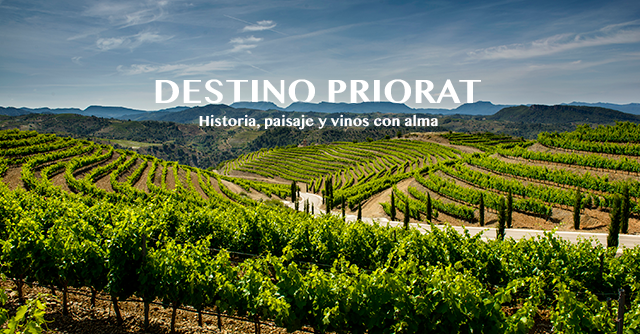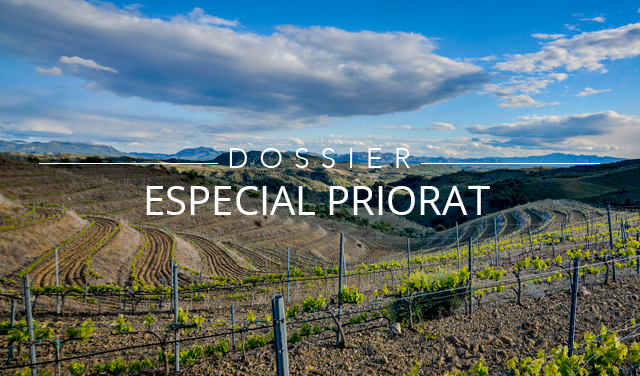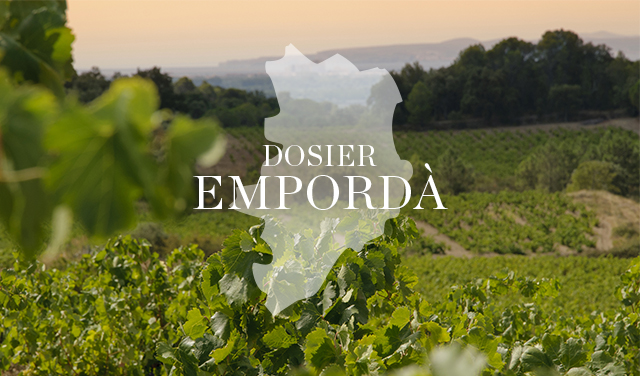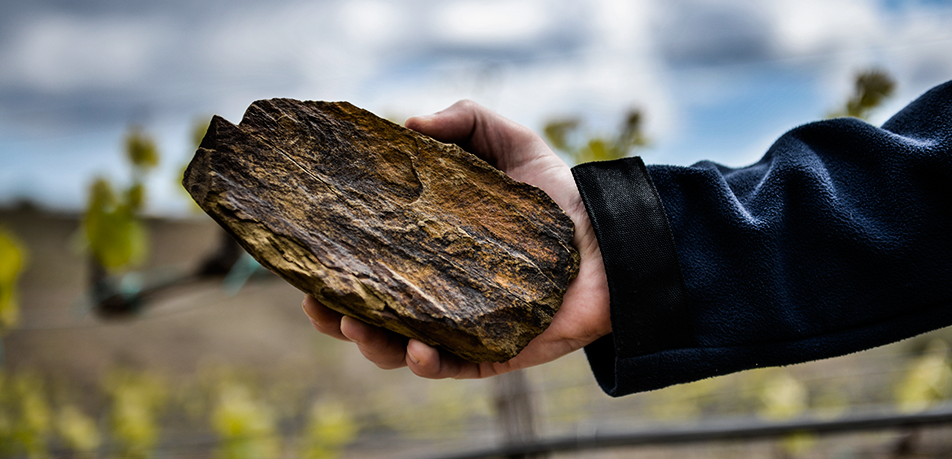DESTINATION PRIORAT

Some say that every glass of wine lets us savor its place of origin. It is a taste of past and
present, culture and tradition, a region and its people. When it comes to Priorat wines, the
description couldn't be more apt. This wild, rugged wine region has a strong and multifaceted
personality, leaving its imprint on high-quality wines that are mineral, fresh, fruit-driven and
elegant.
Over the past two decades, foreign winemakers captivated by Priorat’s charm led the
rediscovery of the region, which not only invites visitors to taste extraordinary wines, but soak
up a culture rooted in winegrowing. Interestingly, it is one of Catalonia's most sparsely
populated regions (despite being one of its smallest), which adds to the appeal of
(re)discovering Priorat.
[[{"fid":"8737","view_mode":"default","fields":{"format":"default","field_file_image_alt_text[und][0][value]":false,"field_file_image_title_text[und][0][value]":false},"type":"media","link_text":null,"attributes":{"height":895,"width":1595,"style":"width: 700px; height: 393px;","class":"media-element file-default"}}]]
The characteristic landscape of Priorat
A good place to begin this journey is the Carthusian monastery of Escaladei, once one of the
area's most majestic, a place whose stones are packed with history. Walking amid its ruins, you
can see why the Provençal monks of the Carthusian Order decided to make this their home
(legend tells of a shepherd who dreamt of angels going up to heaven on a ladder leaning
against a pine tree, hence the name Escaladei or “God's ladder”); why it was the first
Carthusian monastery on the Iberian peninsula; why it gave the region its name (Priorat means
priory in Catalan); why it became a cultural epicenter in the 12th and 13th century; and, above
all, why it is regarded as the birthplace of the area's wine culture... It is an incredible and
dramatic place and quite possibly the key to understanding Priorat.
Nowadays the region only has 7,000 hectares under vine (and only 1,600 belong to the DOQ
Priorat appellation), far fewer than the 20,000 it had at the beginning of the last century. The
mountainous terrain is rough, “cataclysmic” in the words of Josep Pla. This makes winegrowing
a lot more complicated and challenging here than in other, gentler, regions. Higher quality,
however, has more than made up for lower production. The region's wines, produced under
the DOQ Priorat appellation, which are higher in alcohol and character-driven, and the young
DO Montsant appellation, which was created just 16 years ago, are known around the world.
The key to success lies in the winemakers' deep respect for the region's roots and traditions (in
many municipalities winegrowing dates back to the Roman era) and the excellent integration
of technology and modernity. Add to this the personality imparted by the soil and nature, plus
the exceptional location and climate, and you end up with truly unique wines.
[[{"fid":"8738","view_mode":"default","fields":{"format":"default","field_file_image_alt_text[und][0][value]":false,"field_file_image_title_text[und][0][value]":false},"type":"media","link_text":null,"attributes":{"height":503,"width":754,"class":"media-element file-default"}}]]
Slate soils in Priorat
However, to truly discover, understand and experience these wines, our journey must go on.
The region has great potential to see a wine tourism boom, but the curious lack of mass-
tourism options so far is precisely what makes Priorat so magical and appealing. We can rest
and refuel at charming gastronomic spots that embrace “locally sourced” ingredients (once
simply known as having your own vegetable garden) and at tiny bed & breakfasts that carefully
tend to every detail. When our trip continues, it takes us on an anarchic tour of small-scale
passionate enological artisans. They welcome us into their homes to show us how they still
make wine the way their grandparents and great-grandparents did, a few bottles maturing in
the cellars of their hundred-year- old houses—wines that are prized well beyond our borders.
Seeing where the process ends is just as important as exploring the place where it all begins:
the vineyard.
Winegrowers like living amid their vineyards, but this isn't always possible in this particular
region. For example, in the village of El Lloar, it is fascinating to see how many people still grow
their vineyards Damunt Roca (“over the rocks”), planted high in the Figuera mountains. The
narrow goat trails (known as ferradura in Catalan) still remind us of the tireless coming-and-
going (up to five times a day) of pack animals loaded with grapes. El Lloar is also the spot
where Bodegas Torres decided to build its winery.
[[{"fid":"8739","view_mode":"default","fields":{"format":"default","field_file_image_alt_text[und][0][value]":false,"field_file_image_title_text[und][0][value]":false},"type":"media","link_text":null,"attributes":{"height":928,"width":1390,"style":"width: 750px; height: 501px;","class":"media-element file-default"}}]]
El Lloar, Priorat.
Capturing the region's essence means exploring its vineyards (often perched on precarious
cliffs), feeling the earth, even grabbing a handful to observe its mineral glitter, breathing in the
scent of the aromatic herbs that grow wild, looking around to locate the peaks of the
Montsant mountain range, the Prades, l'Argentera or Llabería mountains... This is what makes
the region so unique.
The small-scale vintners have coexisted—and continue to do so—with modern wineries
integrated into the landscape, as well as with majestic structures that tell us about the past
and are worth remembering. These are the “wine cathedrals,” a legacy we inherited from the
cooperative movement of the early 20th century. They bear the signature of architects like
César Martinell, a Gaudí disciple and the father of rural Modernisme, who designed the wine
cooperatives in Falset and Cornudella de Montsant. They embody the effort of a generation
that joined forces to succeed and survive. Here we find winegrowers and winemakers who
draw on both past and present to bring liveliness and enthusiasm to every bottle.
Priorat is diverse, with a rich past, present and future—an absolutely fascinating place.



